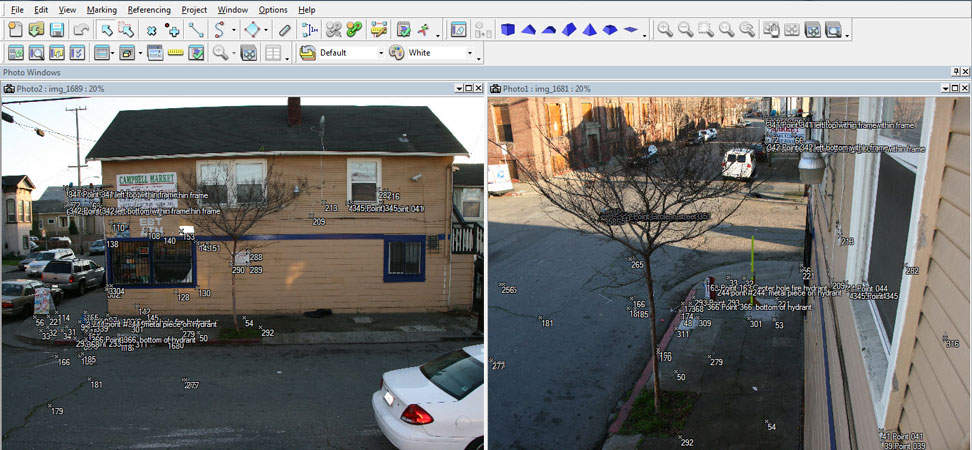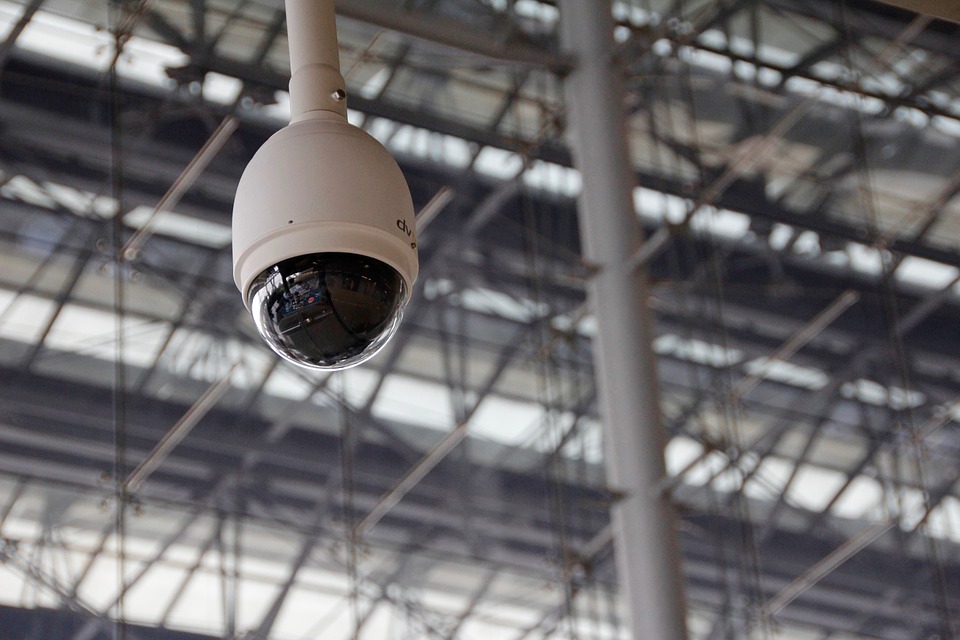Height analysis of surveillance video
Video forensic experts such as NCAVF utilize various forensic identification techniques to uncover the identity of a suspect as part of the processing of evidence. Facial recognition is one tool used in video forensics to find individuals.
However, due to the following reasons, determining facial recognition in videos is sometimes not possible:
- Low image quality of CCTV cameras (low lighting, low pixel resolution)
- Poor surveillance camera angle (camera installed high up which causes suspect’s face to be distorted or obscured by clothing such as a hat)
- Suspect purposedly hides face with a mask or other face covering.
In such scenarios, forensic video experts may not be able to analyze a face to identify a suspect. Other investigative methods can be employed to identify a suspect, including analyzing other features of the body to help establish identity. Height estimation is a very important alternative method to identify individuals of interest.
Best methods for height analysis
The science of measuring height in photographs (or from video frames) is called photogrammetry. NCAVF is able to utilize these forensic techniques. This process can only be done after some aspect of successful crime scene reconstruction. The four main methods of measuring height are:
- 3D Modeling of the Perpetrator,
- 3D Modeling of the Crime Scene,
- Reverse Projection Photogrammetry, and
- Single View Metrology (Vanishing Points).
3D Modeling of the Perpetrator – This method requires capturing still frames within surveillance video evidence of the suspect taken simultaneously at different angles, from different cameras. Cameras are calibrated using the method Camera and Lens Calibration (as described below) and then, with the help of specialized forensic software, 3D coordinates of concurrent points are calculated. Using these concurrent points bodily measures can be calculated. (See the sample image above.)
3D Modeling of the Crime Scene – In this method, 3D model of the crime scene is created using photogrammetric software to determine the height of suspect. This procedure helps to determine the position, rotation, and focal length of the camera taking the images. Based on this information virtual cameras are placed in a 3D model of the room. Once the 3D model and camera parameters are ready, height and distance of the image can be calculated using specialized forensic video software.
Reverse Projection Photogrammetry – This method is used when the original surveillance camera and lens system is available for recording new video. Same or identical circumstances are created as were available when the original image was recorded. The position, tilt, and focal length of the camera should be perfectly identical. After creating identical circumstances, a person or a measuring stick is placed at the same position as was the position of the person in the original security camera image. Forensic video experts can then use the new measurements to measure people or objects seen in the original surveillance video. This method is used by many forensic video experts including the Federal Bureau of Investigation (FBI).
Single View Metrology (Vanishing Points) – This method is used when certain knowledge of the scene is available, and when certain characteristics exist in the image. This process requires:
- Height of a reference object in the scene,
- Set of vertical parallel lines, and
- 2 sets of horizontal parallel lines.
When projected on image the parallel 3D lines converge at the vanishing point, which when combined together forms the vanishing line or horizon. Height is then computed using the plane vanishing line and vertical vanishing point and comparing it with reference height.
Difficulties measuring height in video or images
Three challenges are often faced while determining the height of a person in any type of surveillance imagery or videos:
- Camera and Lens Calibration,
- Lens Distortion, and
- Techniques used by criminals to manipulate appearance of height.
Camera and Lens Calibration: The goal of digital photos and surveillance video is to successfully convert and display a 3D world into a flat, 2D image. Every digital camera system uses a complex optical system to do this, and the process of capturing images for its sensors automatically results in lens distortion and other optical aberrations which makes taking direct spatial measurements with this image impossible. The job of a video forensic expert who wants to investigate the height of any object or person then becomes reversing the process ‐‐ converting a series of 2D flat image frames back into a 3D perspective.
To investigate the height of any object or a person from a 2D image, we must convert the image into a 3D perspective. 2D images can only help us determine the focal point, position and orientation of the surveillance camera if we have additional information. Camera calibration is a technique that will allow a forensic video expert to convert a series of 2D images into a 3D model upon which measurements can be made. The goal of this process is to determine parameters such as:
- focal length of lens
- size of pixels
- position of surveillance camera (location of the camera at the scene)
- orientation of surveillance camera (how the camera is pointed)
Here are two methods for camera calibration by a forensic video technician:
- Measuring the actual 3D points of the crime scene and comparing them with points of the image.
- Using the surveillance camera and lens which recorded the evidence being analyzed, take multiple images of planar patterns in order to determine the unique curvature of a camera lens in question.
Lens Distortion: Every camera and every lens causes different types of image distortion. Primary types of lens distortion are:
- Radial Lens distortion
- Chromatic distortions, and
- Vignetting
Of these three, the most common type of lens distortion seen when working with forensic video evidence is radial distortion, which makes straight lines appear curved. This results in objects in an image appearing differently than they appear in real life. There are many alternative methods to correct lens distortion. However the best method to correct this type of distortion is by placing a reference board with a pattern in front of the camera and selecting lines that should be straight. To calculate the degree of distortion, the difference between the line through end points and the middle points is computed. There are various software options used by forensic experts available that can correct lens distortion.
Techniques used by criminals to manipulate height: There are several ways a criminal could prevent a forensic expert from analyzing surveillance video evidence to accurately determine his height. When a suspect is in the range of a surveillance camera he can remain bent over. He can intentionally wear thick shoe soles or a hat. These techniques could mislead the forensic experts as to the top of his head or the bottom of his feet and result in bad measurements. All these misleading factors are taken in consideration before estimating height, determining identity, and creating evidence for use in court.

